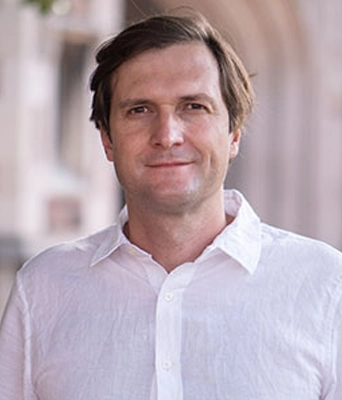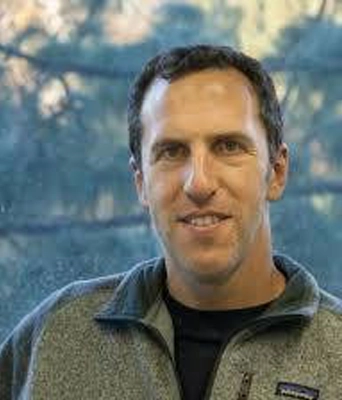Annual Meeting
The 2025 SED meeting will take place June 26-28 in Copenhagen, Denmark, organized by the University of Copenhagen. The program chairs are Julieta Caunedo (Cornell University) and Kurt Mitman (CEMFI).
The local organizers are Jeppe Druedahl, Søren Hove Ravn, John Kramer, and Morten Olsen.
Deadline for registration: April 15th. Register here.
Visit the local website.

Plenary Speakers
Latest News
Research Agenda
Paco Buera on “A Macro-Development Research Agenda”
What explains the patterns of economic development across countries and over time? What policies can help foster economic development and improve the life of the least well off in poor economies? These are central questions in Macro-Development, a growing field that integrates modern quantitative macroeconomics methods with the wealth of micro-evidence provided by Micro-Development research.
About us
The Society for Economics Dynamics is a scientific society with the purpose of encouraging and supporting economic research. It achieves its aims through publications, conferences and web dissemination: the Review of Economic Dynamics is the Journal of the Society; the SED Annual Meeting is the main scientific gathering of the Society, and this website, together with the Economic Dynamics Newsletter (RED supplement), provides information on the Society’s current and past activities and publications, as well as on current research in economics dynamics.
The Society for Economics Dynamics was founded by Thomas Sargent in 1990 in Minneapolis at what became the first SED meeting. Edward Prescott, Dale Mortensen and Thomas Cooley (Founding Editor of RED in 1998) were also part of the SED founding group. The first meetings were small, but many of the then young participants have also become leading researchers in economics. Over the years the SED meetings have become larger and RED has become well established among scientific economics journals. Both remain committed to being a doorway for young researchers into the frontier of economic research.
SED Officers
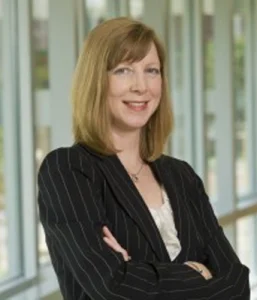
Ellen McGrattan
President
Ellen is a Professor in the Department of Economics at the University of Minnesota where she currently is the Director of the Heller-Hurwicz Economics Institute. She is also an adviser at the Federal Reserve Bank of Minneapolis.
Her research and teaching focus on the theory and application of general equilibrium models.

Todd Schoellman
Treasurer
Todd is a Senior Research Economist at the Federal Reserve Bank of Minneapolis
His main research interests are labor economics and macroeconomics.
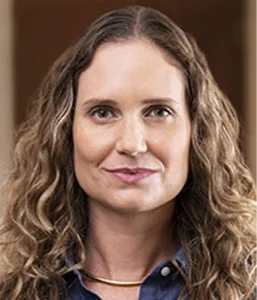
Paulina Restrepo-Echavarría
Secretary
Paulina is an Economic Policy Advisor at the research department of the Federal Reserve Bank of St Louis.
Her areas of research are international macroeconomics and search theory.
Presidential Letter
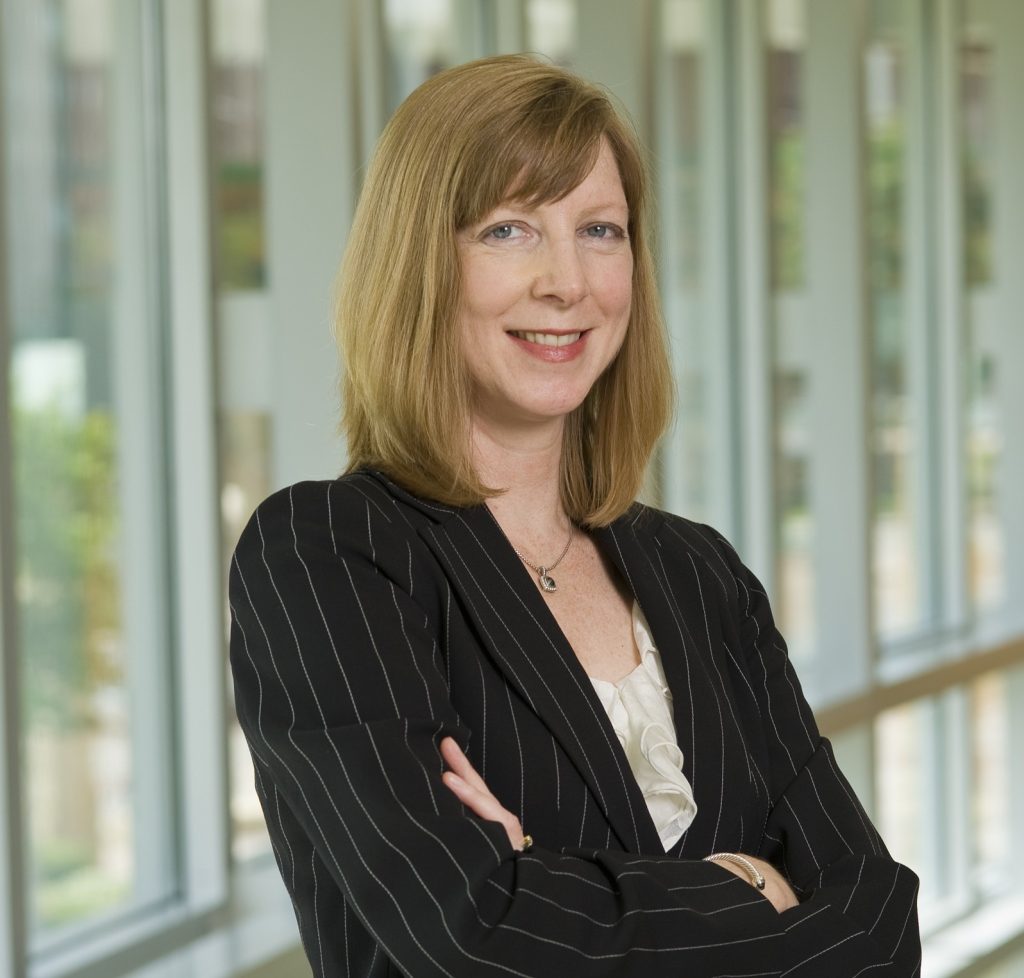
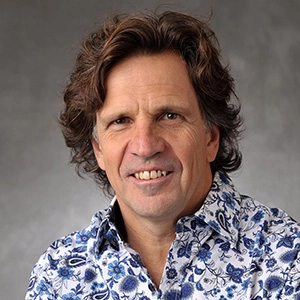
Ellen McGrattan and JuanPa Nicolini’s latest Presidential Letter
Book Reviews
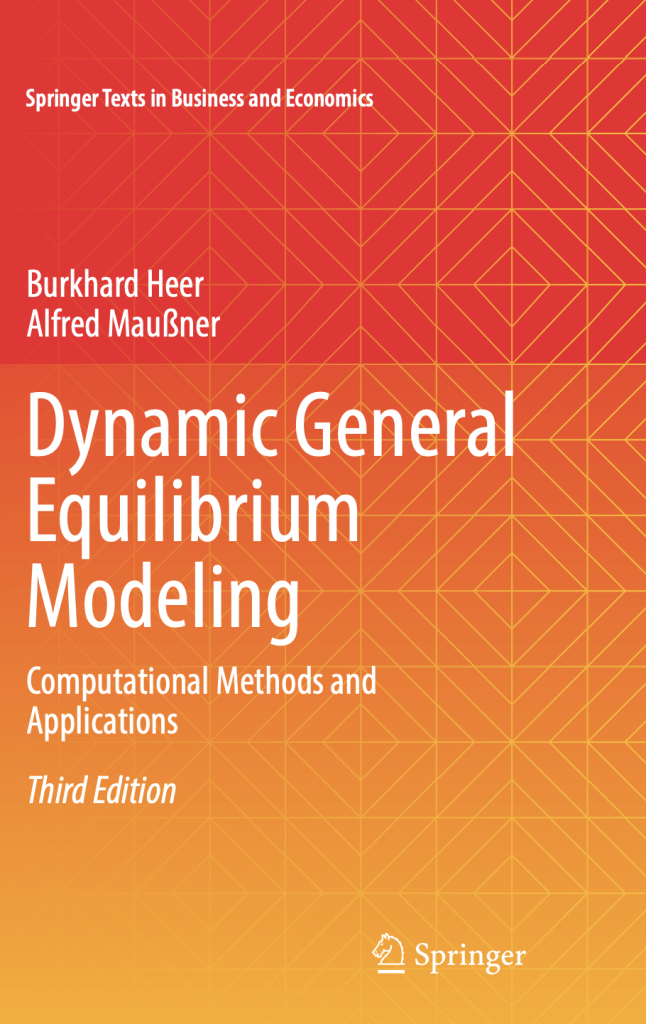
Dynamic General Equilibrium Modeling by Burkhard Heer and Alfred Maussner
Modern business cycle theory and growth theory uses stochastic dynamic general equilibrium models. In order to solve these models, economists need to use many mathematical tools. This book presents various methods in order to compute the dynamics of general equilibrium models. In part I, the representative-agent stochastic growth model is solved with the help of value function iteration, linear and linear quadratic approximation methods, parameterised expectations and projection methods. In order to apply these methods, fundamentals from numerical analysis are reviewed in detail. In particular, the book discusses issues that are often neglected in existing work on computational methods, e.g. how to find a good initial value.
In part II, the authors discuss methods in order to solve heterogeneous-agent economies. In such economies, the distribution of the individual state variables is endogenous. This part of the book also serves as an introduction to the modern theory of distribution economics. Applications include the dynamics of the income distribution over the business cycle or the overlapping-generations model.
In an accompanying home page to this book, computer codes to all applications can be downloaded.
“This book does not only an excellent job in explaining the existing tools, but it also teaches the reader on how to write his/her own programs and it provides the reader with the tools to help advance the state of the art of dynamic macroeconomics.” Wouter J. Den Haan, London School of Economics.
”… provides the reader with exactly the necessary computational tools to solve the dynamic general equilibrium models macroeconomists care about. It is therefore the perfect complement to Stokey, Lucas and Prescott’s and Sargent and Ljungqvist’s theoretical treatment of modern macroeconomics.” Dirk Krueger, University of Pennsylvania.
There is an upcoming 3rd edition published in January 2024. The new edition contains 300 pages of new material.
You can download the book here.
Review of Economic Dynamics
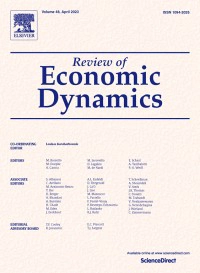
RED Volume 50 (October 2023) here!
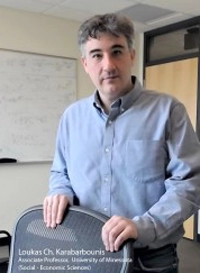
Read the Letter from the Coordinating Editor

